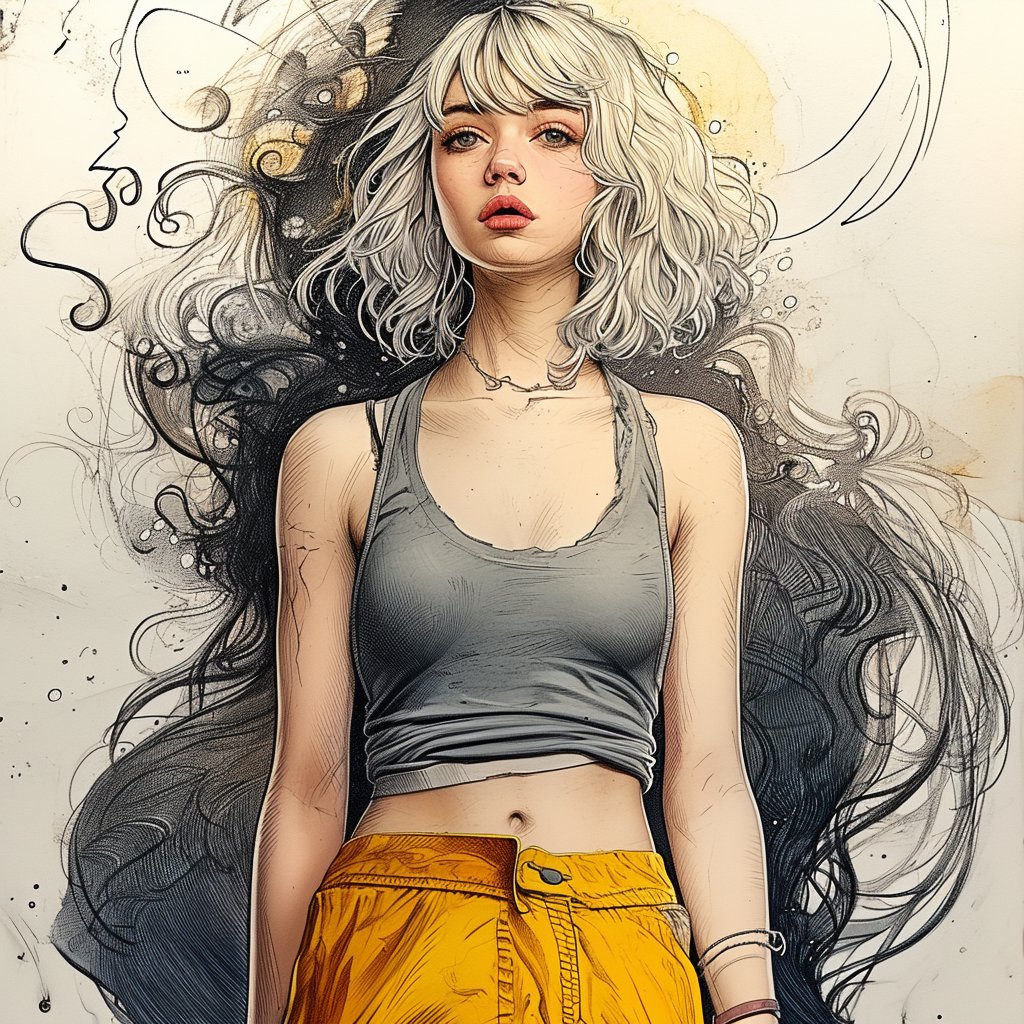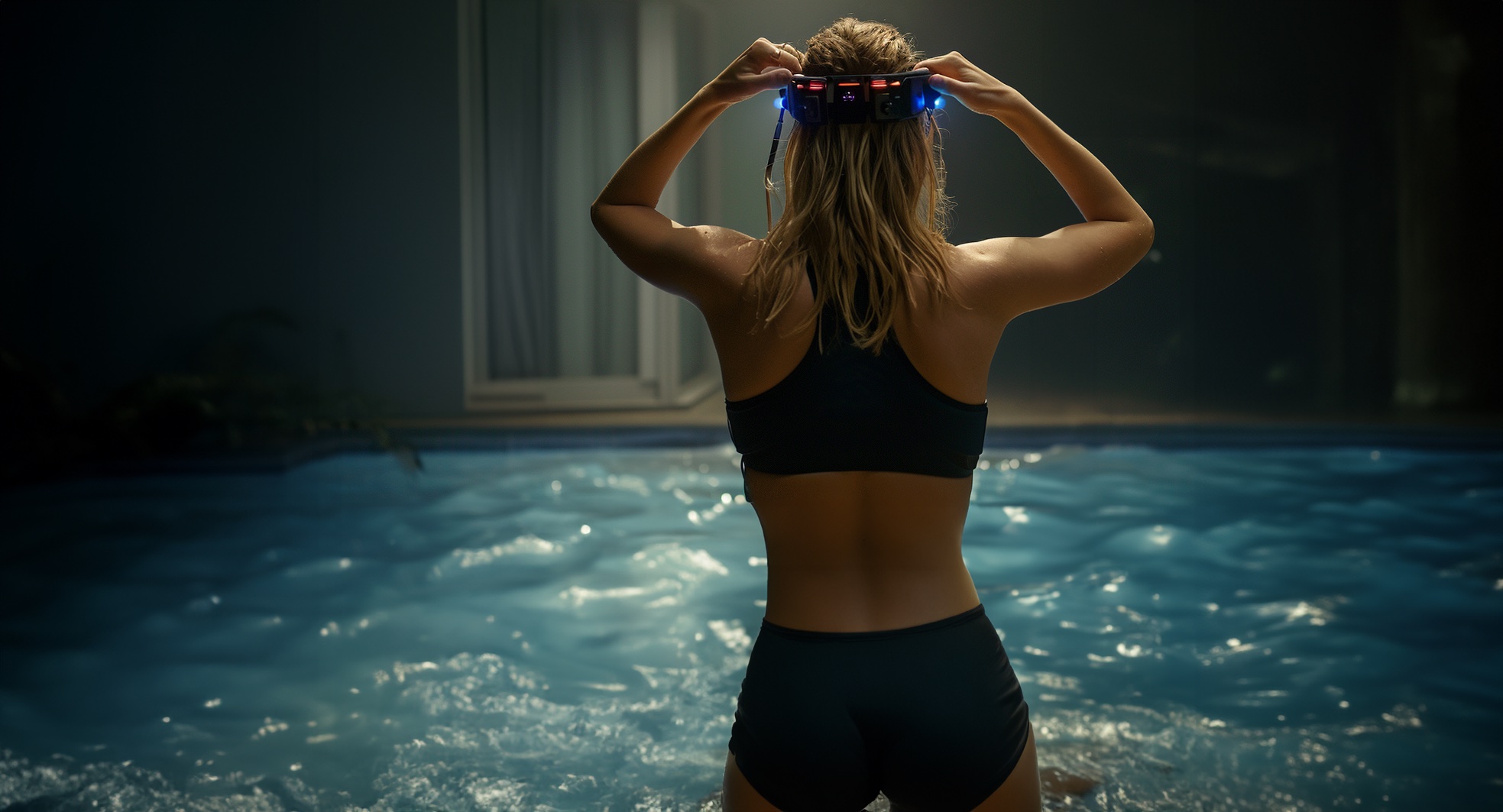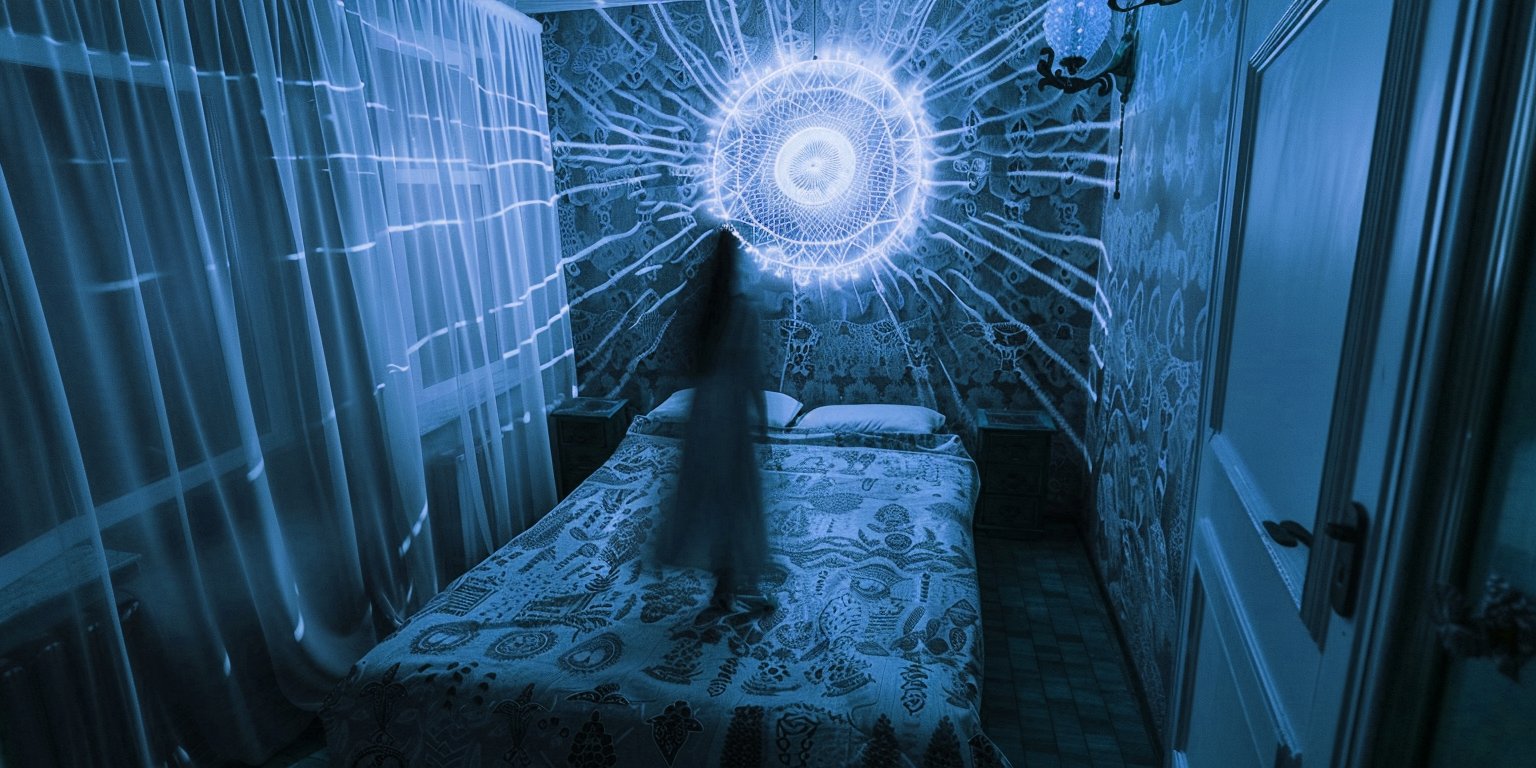PRODUCTION
Making a series is a fight against Murphy
Making a series is such a long process, but it's peppered with definite highlight moments. It's a blend of battling Murphy's law and those almost eerie instances where everything runs scarily smoothly, and nobody can quite figure out why.
Slapstick heroism.
Take, for instance, the time we were filming at the Rialto swimming hall. I was standing on a starting block with the FX3 on a Ronin, filming Milena in the water.
Completely forgetting I wasn't on solid ground, I took a step back and, of course, stepped right into thin air. I fell backwards, but in a moment of slapstick heroism, I held the Ronin aloft to save the camera.
It wasn't quite Buster Keaton, but it must have looked hilarious because our lead actress Fiona couldn't stop laughing. It was one of those perfect moments of unintended comedy that reminded us all of the joy and unpredictability of filming.
A whirlwind romance.
Out of all the phases, filming is the highlight - though not the longest part, as some might think. It's more like a whirlwind romance: short but unforgettable.
I cherish this stage of production, as it's the moment when my script springs from the page to the stage. Characters, previously mere words and ideas, burst into vibrant life thanks to our actors. I got a term for this: Incarnation.
The talent transform my humble script into something resembling genius writing, infusing their roles with personal flair and creative ideas that bring each character to life in a truly spectacular way.
It's this teamwork between the cast and director that really gives the series its edge. You can feel the energy on set - it's like everyone, from the crew to the cast, is buzzing, all geared up to make something awesome.
A good lick and a firm press.
Every shooting day is akin to placing another piece in our massive jigsaw puzzle, gradually shaping our dream into a reality you can watch and enjoy. And on those odd occasions when a piece doesn't quite fit? Well, we just give it a good lick and a firm press, and press it down with a determined thumb. It's amazing how often this works, especially if you're skilled at hiding the slightly crumpled edges: The magic of filmmaking!
We managed to wrap up shooting the pilot in just 24 days. The process was surprisingly swift, a credit to our small but mighty crew and the handy portable filming equipment. Things ran like clockwork, except for those moments that absolutely didn’t.
The postproduction phase, though, was a different beast entirely. It posed more challenges, largely due to the distinctive style we aimed for in the dream scenes. But that's a whole different story, full of its own twists and turns.
Diving into AI's dreams
Our series dives headfirst into the swirling waters of the Artificial Intelligence revolution. We're moving beyond just typing commands or speaking to machines; we're talking about feeding them with our thoughts.
Trending in your sleep.
Think of it as the tech world's leap from flip phones to something like Elon Musk's Neuralink - but imagine you could stream your dreams directly to your Twitter is now X feed.
At the heart of our series is the rendering of lucid dreams. Shared lucid dreams.Imagine a world where machines don't just listen to what we say but also see and capture our wildest dreams and innermost thoughts.
The Dream Catcher
It's like having a dream catcher, but instead of woven threads and feathers, it's all high-tech wizardry and algorithms. Welcome to a place where your midnight musings can be the next morning's blockbuster - or at least an awkward conversation at breakfast!
Photorealism
One significant production advantage for many scenes in this film was their basis on the concept of recorded dreams. In our story, the dreamshares of the Oneironautic students are recorded by dream servers at the Thierstein Academy. These are intentionally designed as prototypes, not as perfected technology. Consequently, all these scenes depict a computer-generated reality and do not require absolute photorealism
Continuity
We also took creative liberties with continuity during our live-action filming, intentionally designing scenes to evoke a feeling of strangeness. We drew inspiration from Stanley Kubrick's masterful use of spatial disorientation in 'The Shining' to craft our own unique visual experience. Kubrick's intentional architectural anomalies in the Overlook Hotel, such as impossible hallways and inconsistent room layouts, were pivotal in creating a surreal and eerie atmosphere. We applied a similar concept to our 'Rialto Konstrukt' set.
The Rialto Konstruct
Based on the real swimming hall location used for our live-action filming, we constructed a basic three-dimensional model. To this, we added surreal elements, including a series of fishtanks elevated on stilts, along with a maze of stairways and spatially inconsistent corridors that defy physical logic, reminiscent of M.C. Escher's mind-bending works. These architectural impossibilities not only serve as visual spectacles but also as metaphors for the narrative's deeper themes.
In the editing process, we further enhanced this effect by overlapping and mixing scenes. This approach disorients the viewer, effectively blurring the lines between reality and illusion.


